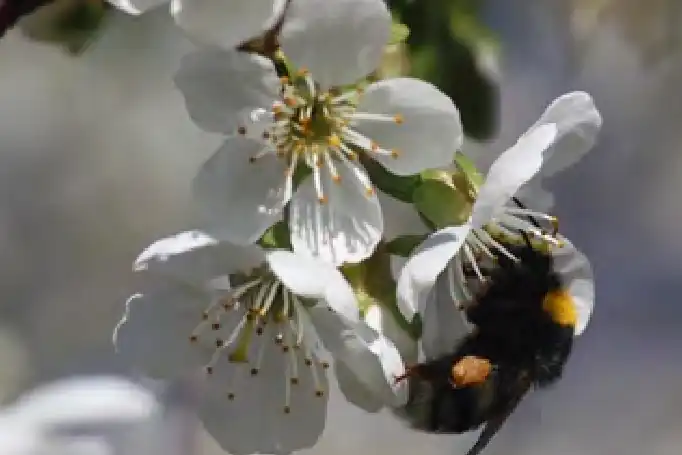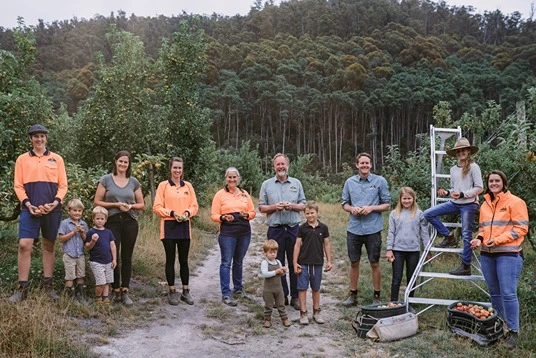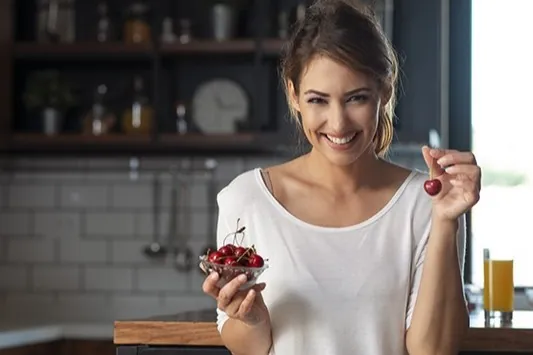The management of sweet cherry pollination remains a crucial topic in modern fruit-growing systems, where reliance on insect pollinators is high. A recent study analyzed the role of wild insects in sweet cherry fruit set in central Chile, highlighting a synergistic effect between these insects and the honeybee.
The study begins with an essential consideration: despite the widespread practice of installing Apis mellifera hives and Bombus terrestris colonies in Chilean cherry orchards, the real contribution of spontaneous insects to pollination services remains poorly understood. This knowledge gap is particularly relevant in a country where sweet cherry production is rapidly expanding and overlaps with biodiversity hotspots characterized by a high richness of wild pollinators.

Study objective and methodology
The main objective of the study was therefore to evaluate the effect of floral visits from three groups: honeybees, wild insects, and Bombus terrestris, on initial cherry fruit set; the cultivar “Brooks” was specifically considered. For the analysis, linear mixed models were applied to observations collected during full bloom.
The results provide an intriguing picture: as expected, the honeybee was the dominant visitor, accounting for nearly 93% of total visits. However, wild insects showed a qualitatively important role. In total, twenty-two different species of wild insects were recorded visiting cherry flowers.
Key findings on pollinator synergy
Although they displayed a much lower visitation frequency (about 5%), they exhibited a significant relationship when combined with honeybee activity. The model revealed that the interaction between A. mellifera and wild insects increases fruit set, while visits from each group alone do not produce significant effects.
This finding reinforces a concept already highlighted in previous research: the functional diversity of pollinators is a key factor in improving the productivity of cherry orchards. Possible explanations for this synergy include changes in honeybee foraging behavior in the presence of other insects, leading to increased movement between different trees and therefore a higher probability of transferring compatible pollen, an essential factor for a predominantly self-incompatible species like sweet cherry.
Bombus terrestris and practical implications
The study also examined the use of Bombus terrestris, a widely commercialized pollinator whose contribution to cherry pollination in Chilean contexts appears limited. Observations showed a low visitation frequency, and other international studies confirm its reduced efficiency in this crop.
The conclusions emphasize the importance of promoting the presence and activity of wild insects, as they can effectively improve cherry fruit set and, more broadly, enhance production sustainability. Recommended actions include increasing landscape and on-farm heterogeneity, conserving native vegetation, and adopting ecological intensification practices such as multifunctional hedgerows and flower strips.
Ultimately, the study provides valuable data supporting a shift in perspective: increasing the number of hives is not enough; integrating and enhancing local biodiversity is essential to achieve a more stable, efficient, and resilient pollination service. It is a message that invites us to rethink the structure of cherry orchards not only as productive systems, but as part of a broader ecological mosaic.
Source: García, C. B., Díaz-Siefer, P., Smith-Ramírez, C., Montero-Silva, F., Martínez-Harms, J., Murúa, M., & Celis-Diez, J. L. (2025). Synergistic effect of honeybees and wild floral visitors in promoting sweet cherry fruit set in central Chile. Biological Research, 58(1), 39. https://doi.org/10.1186/s40659-025-00617-2
Image source: Victor Monzon
Andrea GIovannini
University of Bologna
Cherry Times - All rights reserved













